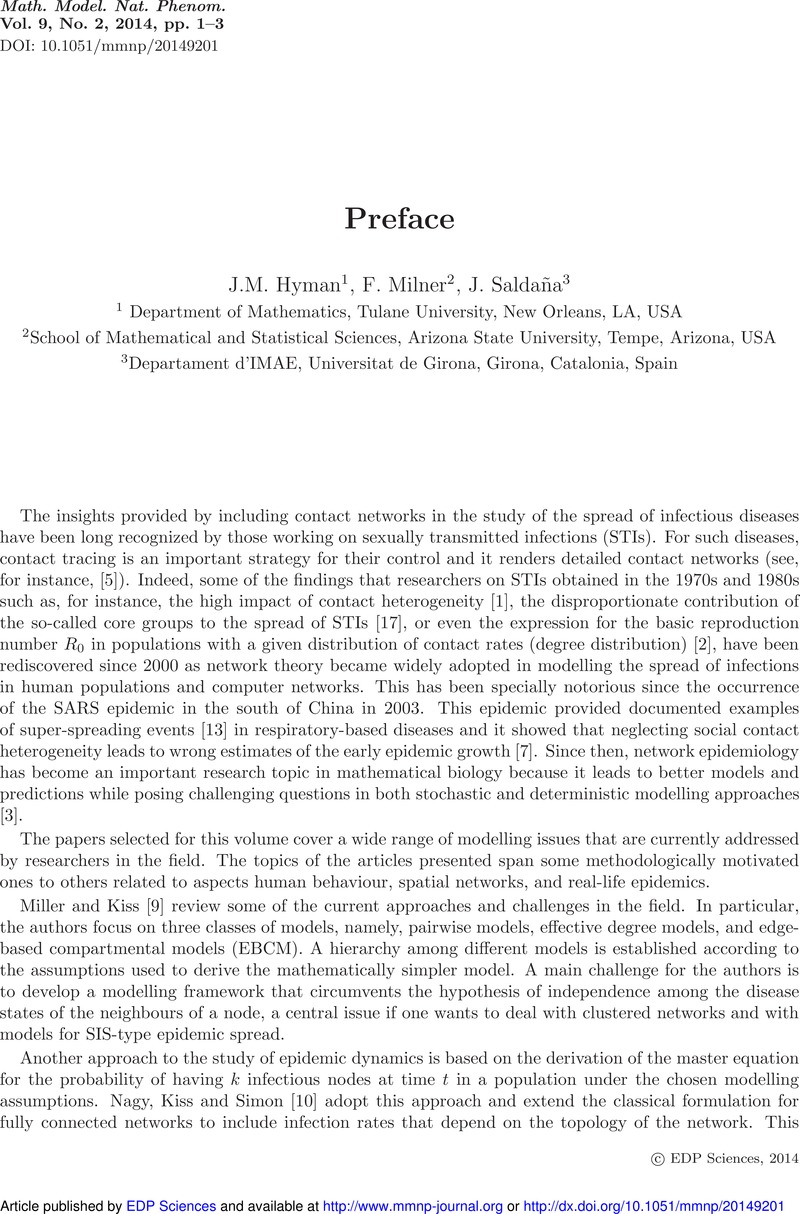Crossref Citations
This article has been cited by the following publications. This list is generated based on data provided by Crossref.
Sacchetti, Andrea
2019.
Nonlinear models and bifurcation trees in quantum mechanics: a review of recent results.
Ricerche di Matematica,
Vol. 68,
Issue. 2,
p.
883.





